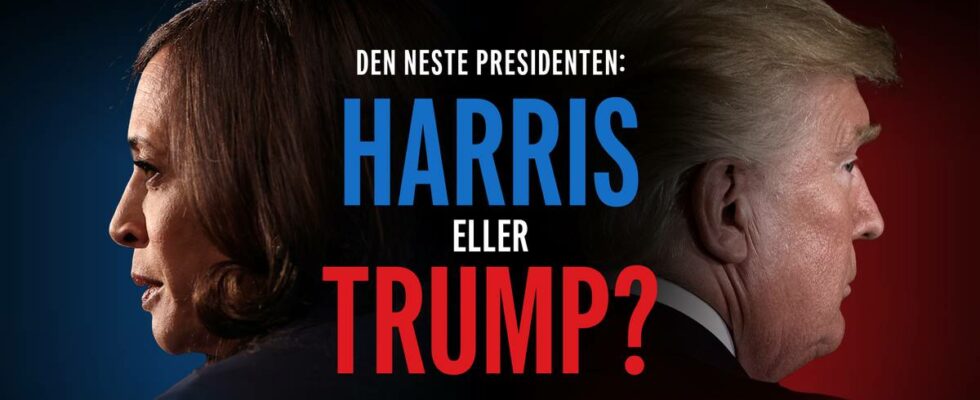According to these polls, Harris has a narrow majority, because she has a small majority in four of the seven swing states. Whoever wins four – or perhaps just three big ones – of these has probably won the election. In the other 43 states, most analysts see the outcome as certain. – Tells us less than we would like However, we cannot say that the election result will be as the opinion polls show now. – The polls now say that it is very even between the candidates, perhaps Harris leads a little at national level, and then it is even more even in these famous swing states. The measurements have margins of error. They have random variation. What is a problem in the USA is that there are more systematic errors in the measurements. That’s what Johannes Bergh, head of research at the Department of Social Research, says. – The measurements may tell us a little less than we would like. Bergh highlights the election in 2016. – The polls showed that Hillary Clinton would win, then Trump won. He was somehow underestimated in the measurements. This year it is interesting, because the measurements are even closer. One of the challenges in the US is that you don’t know for sure who will vote. – The turnout is lower, and the election results depend on which groups mobilize and which do not. So in 2016, there was a group without education that mobilized for Trump, and that was not caught, says Bergh. He says that it is very important to remember that opinion polls in both the USA and Norway are imprecise. They must not be interpreted too precisely. – You read all the details in the measurements, but really the measurements only give a very general picture. The general picture in the US is that it is very even between the candidates. Follows up with proposals for undecided voters Now the election is approaching, and the candidates are following the polls closely. They see which groups in the population are undecided voters, and which they need to follow up. Kamala Harris’ campaign is now very concerned about how many of the black and Hispanic population will vote on November 5, and not least whether they will vote for Harris. On Monday, Kamala Harris spoke at an election rally in the swing state of Pennsylvania. Photo: Jacquelyn Martin / AP A New York Times and Siena poll showed Harris had 78 percent support among black voters, compared with about 90 percent support for Democrats in previous elections. Despite the polls showing that Harris overall has a clear majority among black and Hispanic voters, a poll in September by the NAACP, which is America’s largest civil rights organization, shows that more than a quarter of young black men say they will vote for Donald Trump. This led to Kamala Harris coming up with several new proposals on Monday, aimed at this group of voters. Among other things, Harris proposes legalizing marijuana. She also proposes setting aside funds to make it easier for those who want to start up small businesses in disadvantaged areas to get loans. Published 15.10.2024, at 13.42
ttn-69
Almost a dead race between Harris and Trump – news Urix – Foreign affairs news and documentaries

